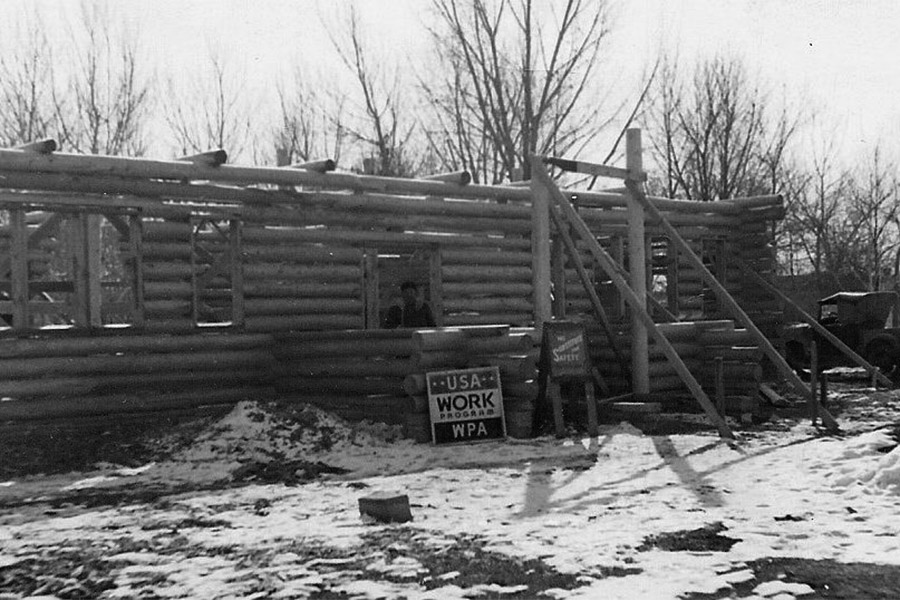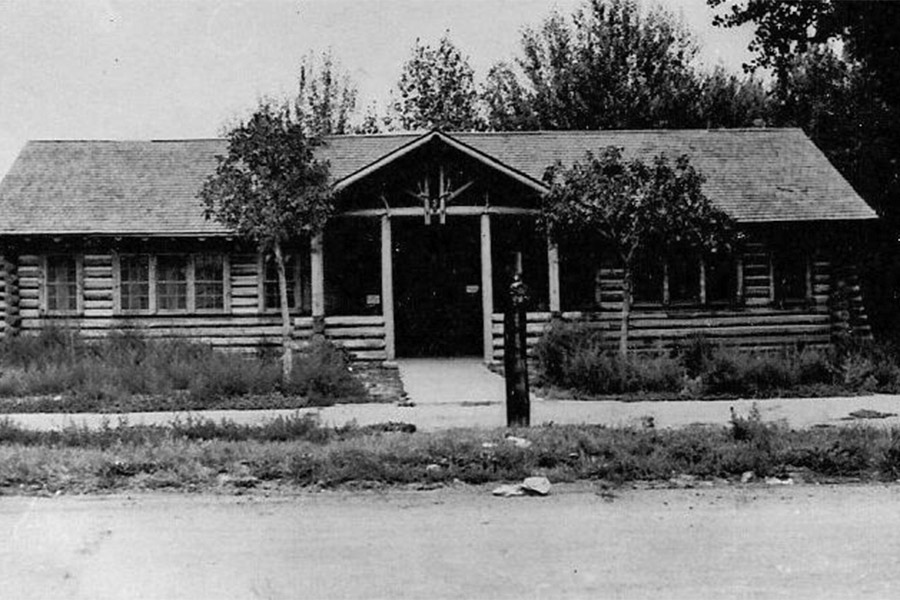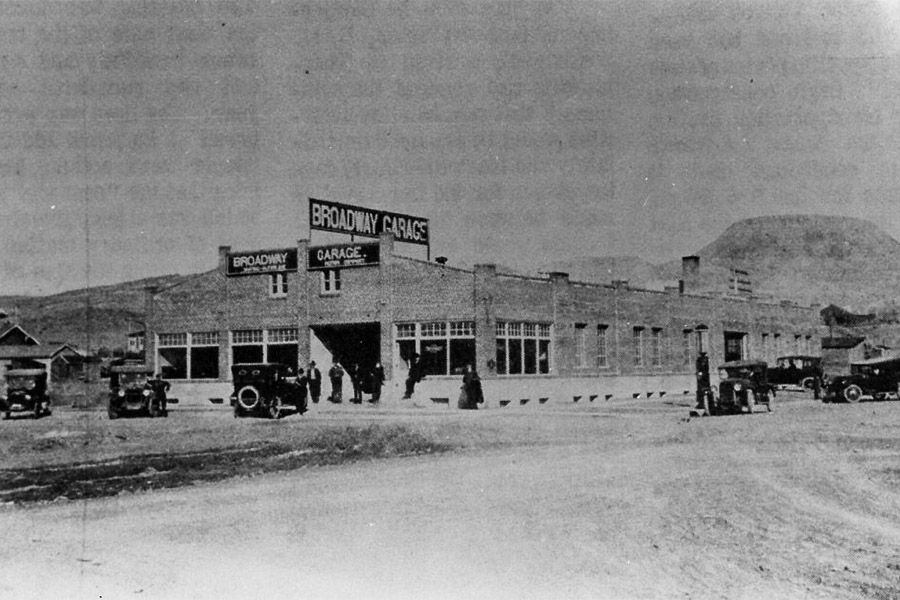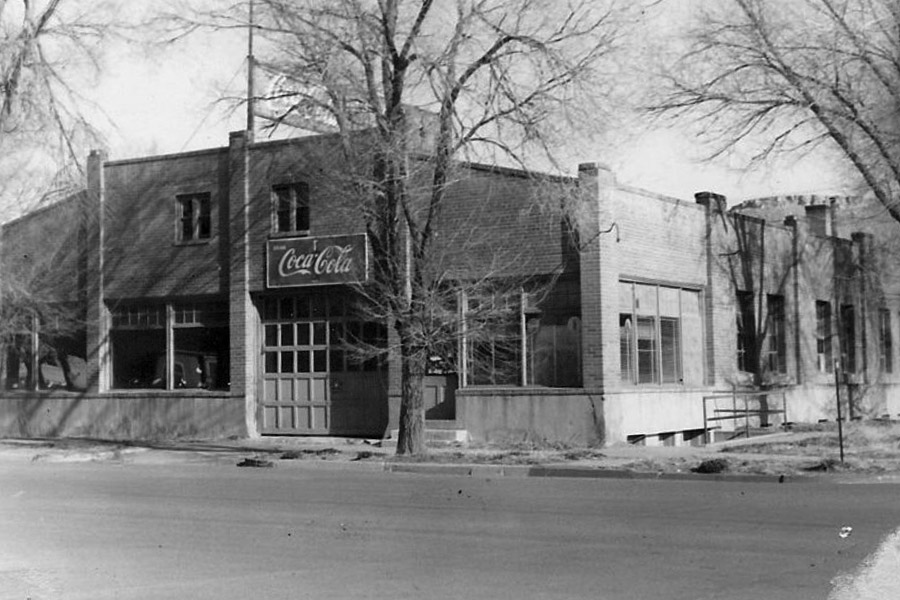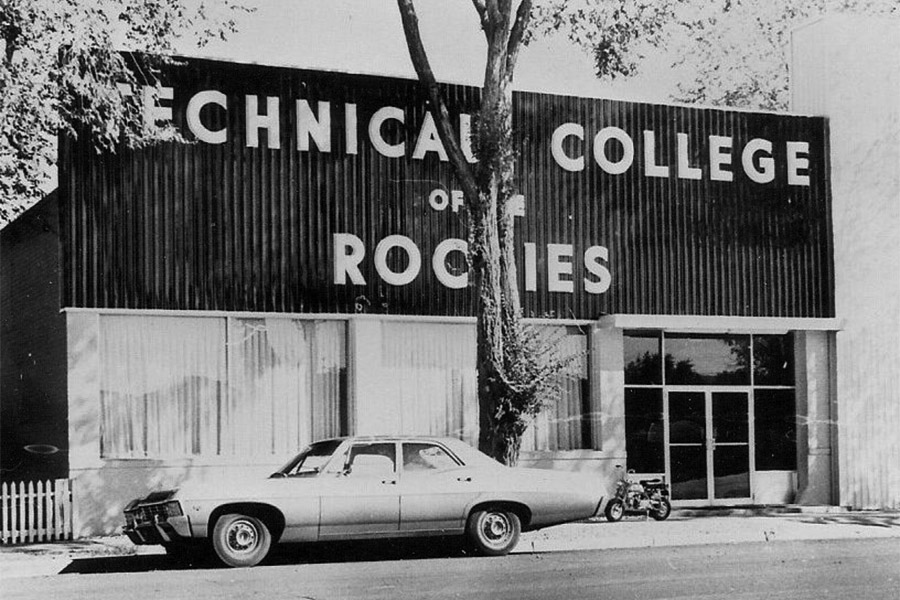Stand at a bar where Butch Cassidy and other Outlaws used to belly up to! Take your picture next to a mount of a wolf that was once a member of a Yellowstone pack! Immerse yourself in the stories and memorabilia of the Arapahoe, Shoshone and other pioneers to the region! Touch an original stagecoach that once took tourists on rides through Yellowstone National Park! Stroll through a remade model of early Thermopolis and peer through the windows of an old Country store, jail cell, photography shop, seamstress shop and more!
Our museum is run by a dedicated team of four part-time employees, including a director, two curators, and a custodian / landscaper. We are proud to be overseen by a board of trustees and work closely with the Hot Springs County Pioneer Association and the Hot Springs County Historical Society.



